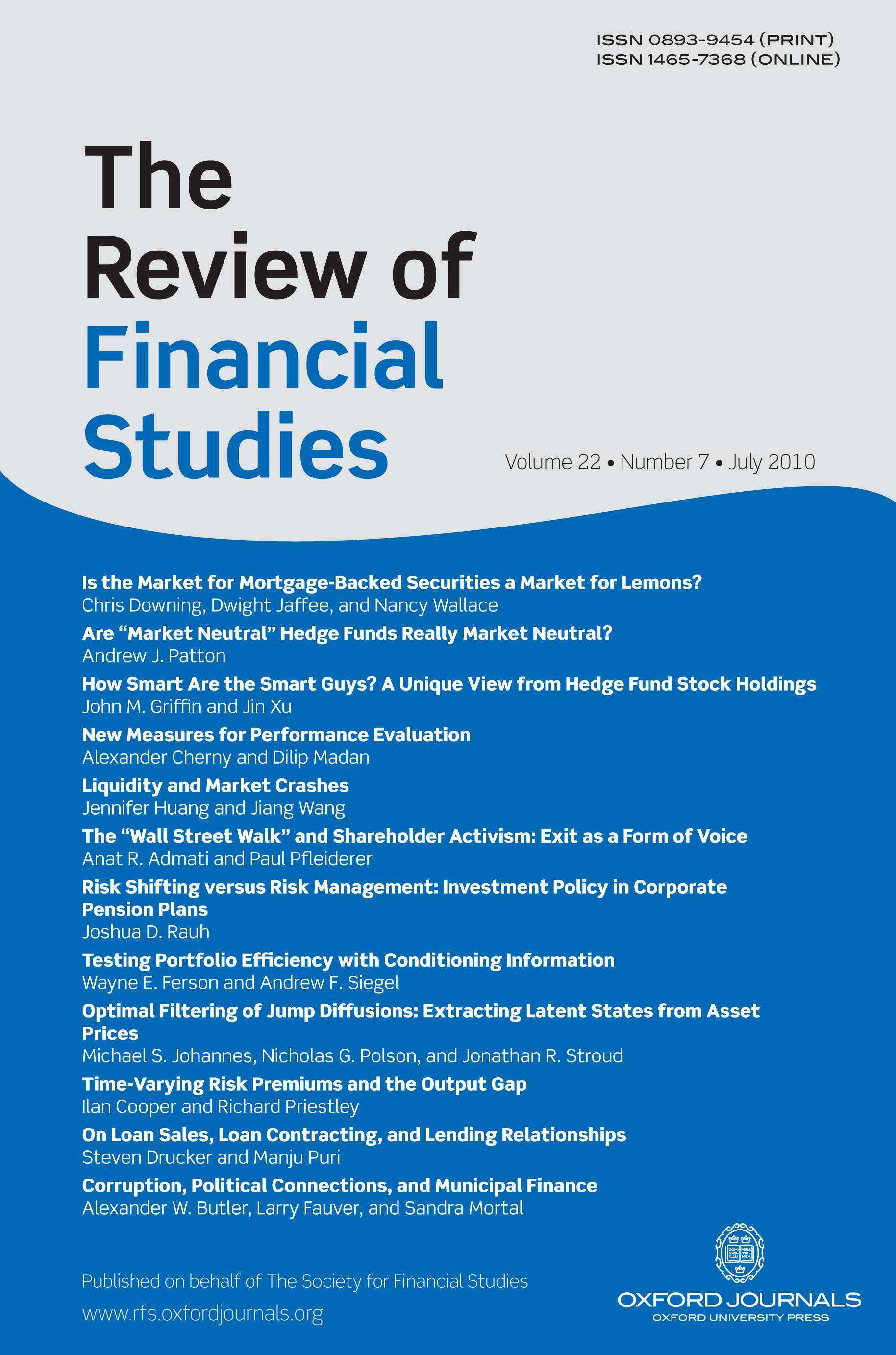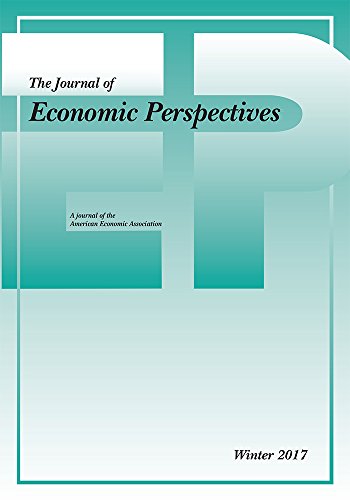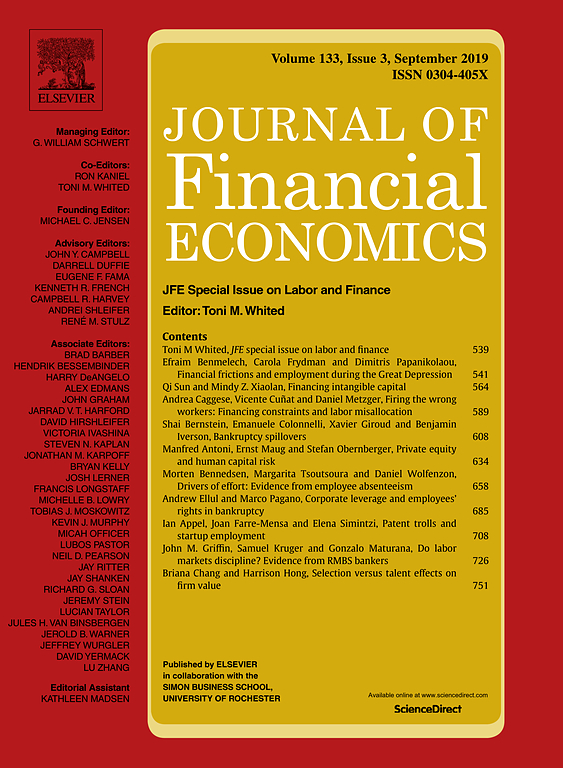Öffentliche Kapitalmärkte und die Entstehung von Startups
Diese Forschungsgruppe untersucht die Entstehung von Startups mit Fokus auf der Rolle etablierter Unternehmen als Anbieter von Kapital und qualifizierten Beschäftigten für die Gründung und das Wachstum von Startups.
Forschungscluster
Wirtschaftliche Dynamik und StabilitätIhr Kontakt

- Abteilung Gesetzgebung, Regulierung und Faktormärkte
Referierte Publikationen

Does Going Public Affect Innovation?
in: Journal of Finance, Nr. 4, 2015
Abstract
This paper investigates the effects of going public on innovation by comparing the innovation activity of firms that go public with firms that withdraw their initial public offering (IPO) filing and remain private. NASDAQ fluctuations during the book-building phase are used as an instrument for IPO completion. Using patent-based metrics, I find that the quality of internal innovation declines following the IPO, and firms experience both an exodus of skilled inventors and a decline in the productivity of the remaining inventors. However, public firms attract new human capital and acquire external innovation. The analysis reveals that going public changes firms' strategies in pursuing innovation.

Venture Capitalists on Boards of Mature Public Firms
in: Review of Financial Studies, Nr. 1, 2014
Abstract
Venture capitalists (VCs) often serve on the board of mature public firms long after their initial public offering (IPO), even for companies that were not VC-backed at the IPO. Board appointments of VC directors are followed by increases in research and development intensity, innovation output, and greater deal activity with other VC-backed firms. VC director appointments are associated with positive announcement returns and are followed by an improvement in operating performance. Firms experience higher announcement returns from acquisitions of VC-backed targets following the appointment of a VC director to the board. Hence, in addition to providing finance, monitoring and advice for small private firms, VCs play a significant role in mature public firms and have a broader influence in promoting innovation than has been established in the literature.

The Investment Strategies of Sovereign Wealth Funds
in: Journal of Economic Perspectives, Nr. 2, 2013
Abstract
Sovereign wealth funds have emerged as major investors in corporate and real resources worldwide. After an overview of their magnitude, we consider the institutional arrangements under which many of the sovereign wealth funds operate. We focus on a specific set of agency problems that is of first-order importance for these funds: that is, the direct involvement of political leaders in the management process. We show that sovereign wealth funds with greater involvement of political leaders in fund management are associated with investment strategies that seem to favor short-term economic policy goals in their respective countries at the expense of longer-term maximization of returns. Sovereign wealth funds face several other issues, like how best to cope with demands for transparency, which can allow others to copy their investment strategies, and how to address the problems that arise with sheer size, like the difficulties of scaling up investment strategies that only work with a smaller value of assets under investment. In the conclusion, we discuss how various approaches cultivated by effective institutional investors worldwide -- from investing in the best people to pioneering new asset classes to compartmentalizing investment activities -- may provide clues as to how sovereign wealth funds might address these issues.

Contracting with Heterogeneous Externalities
in: American Economic Journal: Microeconomics, Nr. 2, 2012
Abstract
We model situations in which a principal offers contracts to a group of agents to participate in a project. Agents' benefits from participation depend on the identity of other participating agents. We assume heterogeneous externalities and characterize the optimal contracting scheme. We show that the optimal contracts' payoff relies on a ranking, which arise from a tournament among the agents. The optimal ranking cannot be achieved by a simple measure of popularity. Using the structure of the optimal contracts, we derive results on the principal's revenue extraction and the role of the level of externalities' asymmetry.

Board Connections and M&A Transactions
in: Journal of Financial Economics, Nr. 2, 2012
Abstract
We examine M&A transactions between firms with current board connections and find that acquirers obtain higher announcement returns in transactions with a first-degree connection where the acquirer and the target share a common director. Acquirer returns are also higher in transactions with a second-degree connection where one acquirer director and one target director serve on the same third board. Our results suggest that first-degree connections benefit acquirers with lower takeover premiums while second-degree connections benefit acquirers with greater value creation. Overall, we provide new evidence that board connectedness plays important roles in corporate investments and leads to greater value creation.
Arbeitspapiere

Can Nonprofits Save Lives Under Financial Stress? Evidence from the Hospital Industry
in: SSRN Working Paper, Nr. 4946064, 2024
Abstract
<p>We compare the effects of external financing shocks on patient mortality at nonprofit and for-profit hospitals. Using confidential patient-level data, we find that patient mortality increases to a lesser extent at nonprofit hospitals than at for-profit ones facing exogenous, negative shocks to debt capacity. Such an effect is not driven by patient characteristics or their choices of hospitals. It is concentrated among patients without private insurance and patients with higher-risk diagnoses. Potential economic mechanisms include nonprofit hospitals' having deeper cash reserves and greater ability to maintain spending on medical staff and equipment, even at the expense of lower profitability. Overall, our evidence suggests that nonprofit organizations can better serve social interests during financially challenging times.</p>

R&D Tax Credits and the Acquisition of Startups
in: IWH Discussion Papers, Nr. 15, 2023
Abstract
<p>We propose a novel mechanism through which established firms contribute to the startup ecosystem: the allocation of R&D tax credits to startups via the M&A channel. We show that when established firms become eligible for R&D tax credits, they increase their R&D and M&A activity. In particular, they acquire more venture capital (VC)-backed startups, but not non-VC-backed firms. Moreover, the impact of R&D tax credits on firms’ R&D is increasing with their acquisition of VC-backed startups. The results suggest that established firms respond to R&D tax credits by acquiring startups rather than solely focusing on increasing their R&D intensity in-house. We also highlight evidence that startups do not appear to benefit from R&D tax credits directly, perhaps because they typically lack the taxable income necessary to directly benefit from the tax credits. In this context, established firms can play an intermediary role by acquiring startups and reallocating R&D tax credits, effectively relaxing the financial constraints faced by startups.</p>














